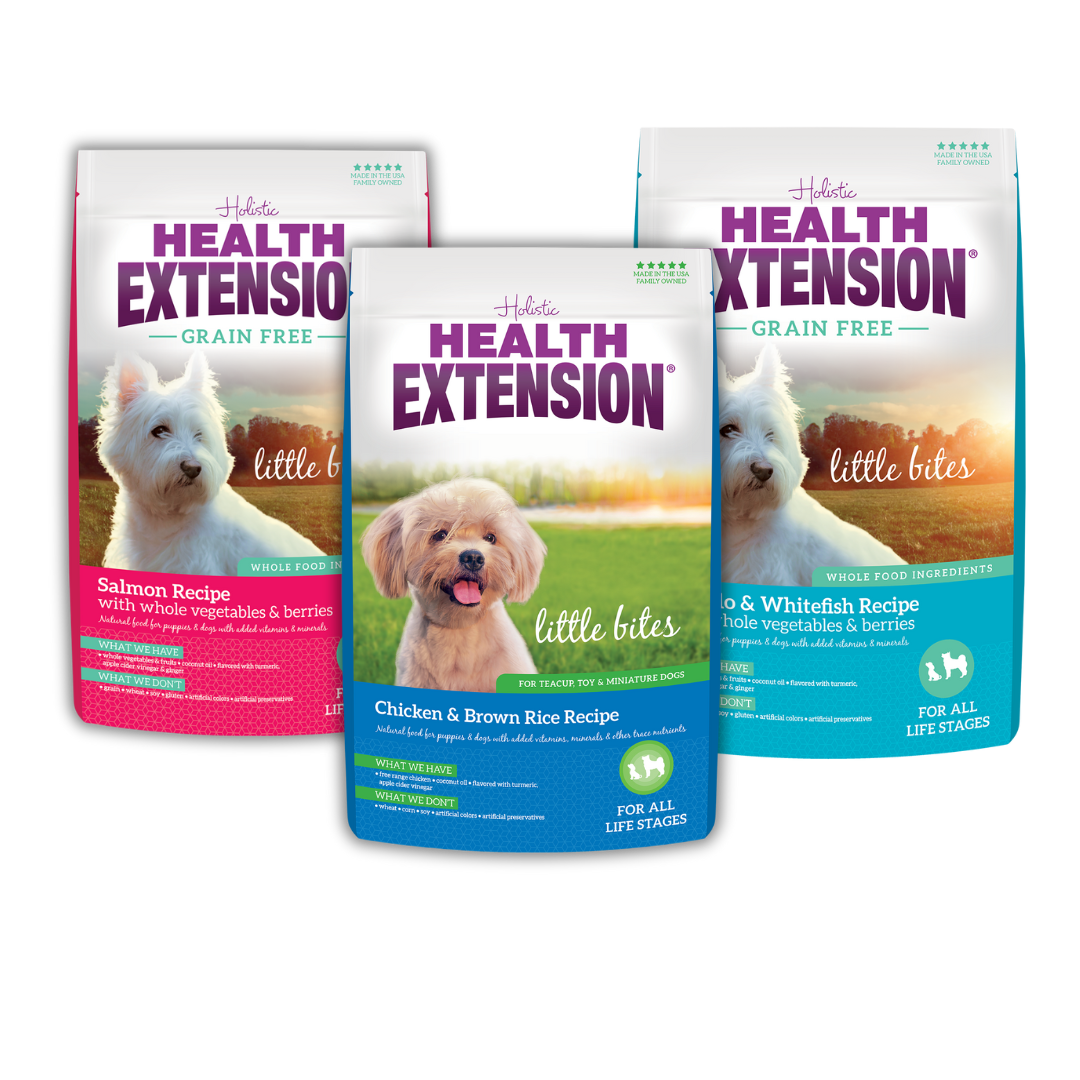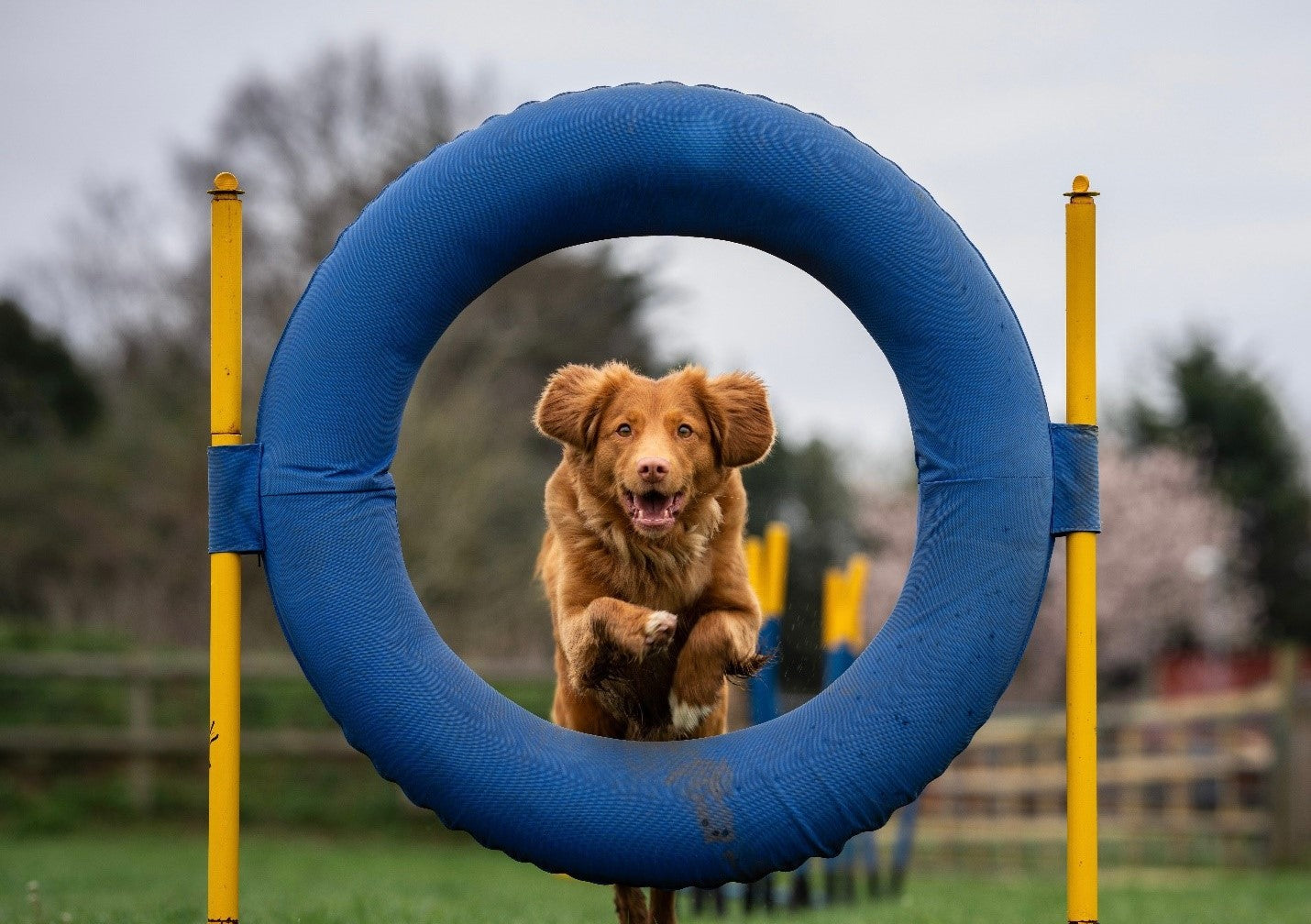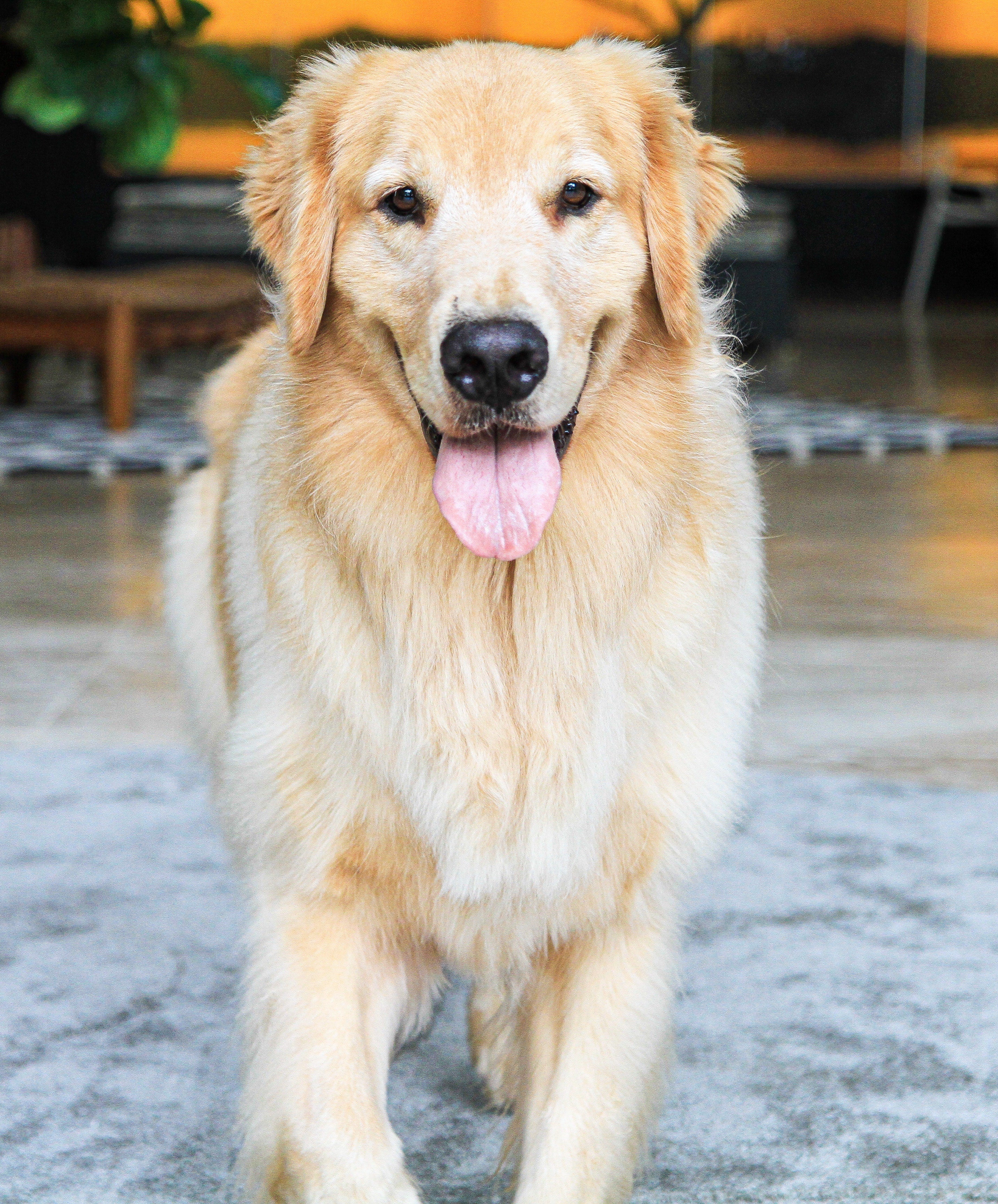Agility dogs are an impressive remarkable sight. Nothing compares to the happiness of seeing your furry friend show their talent for running through agility courses that include hurdles, tunnels, weave poles, jumps, and contact obstacles. Agility competitions are a fast-paced and exciting sport for dogs and their owners. It’s a perfect way to bond with your furry friend while providing both physical and mental stimulation.
What is an Agility Dog?
An agility dog is a trained canine athlete who navigates through a series of obstacles (typically between 14–20) such as tunnels, jumps, seesaws, and weave poles in a timed course. It’s a collaborative effort between the handler and the dog. The agility training requires a strong bond between the two, good communication skills, and an eagerness to learn. Agility dogs need to be physically and mentally fit, quick thinkers, and have a strong desire to please their owners.
Breed Suitability
Agility is open to all dogs, purebred or mixed. However, some dog breeds excel more in agility than others. Dogs that are energetic, get along with other dogs well and enjoy responding to commands, make great agility dogs. Common agility breeds include Border Collies, Shetland Sheepdogs, Australian Shepherds, and Golden Retrievers. These breeds possess natural agility, athleticism, and obedience that make them great agility dogs. However, any dog breed can become an agility dog with proper training and dedication.
Benefits of Agility Training
Agility training has numerous benefits for agility dogs beyond winning the competition. It provides an excellent opportunity for dogs to physically exercise and polish their mental stimulation that fosters the bond between the dog and owner. Plus, it provides opportunities to socialize with other dogs and people. Agility training helps dogs to develop confidence, agility, and quick thinking, which is essential for them to be obedient and well-behaved. More so, agility training improves their cognitive function and enhances problem-solving ability to yield better memory retention. Agility dogs that participate in competitions show improved behavior, responsiveness to commands, and improved mental and physical health.
Equipment
Agility equipment includes tunnels, jumps, weave poles, seesaws, and contact obstacles. Tunnels are usually made of fabric or rigid materials and require dogs to crawl through them. Jumps come in various sizes and styles, such as single or double jumps, winged jumps, and tire jumps. Weave poles are straight poles or sticks that dogs weave through. Contact obstacles, such as the A-frame, dog walk, and seesaws, challenge dogs to navigate a narrow surface or slide down an inclined surface.
How to Get Started with Agility Training
First things first, you need to prepare your dog for the training and understand the commitment and patience required on your part. Start by feeding your dog Holistic Health Extension® dog food for all the functional nutrition needed for them to perform and make sure they are in good health. Holistic Health Extension® dog foods are meat-based recipes infused with 30+ Superfoods including apple cider vinegar, coconut oil, and colostrum, a proprietary blend of probiotics, along with whole fruits and vegetables for a healthy happy life. Your dog should be at least 1 year old to compete (but it’s never too early to start training). Understand the rules and regulations of the sport before introducing your dog to agility equipment or obstacles. Start with the basic simple commands, such as sit, stay, come, and heel. These commands are essential for agility training, and it is essential for your dog to understand them.
If you are enthusiastic about teaching your dog agility, you can enroll in agility training courses with certified dog trainers, browse for resources online, or watch training videos from established handlers. Once you have learned the basics, you can introduce your dog to agility training by building basic jumps and weave poles for them to navigate. After introducing your dog to these obstacles, they will have to learn how to execute them and follow commands from you.
Training agility dogs is teamwork between the dog and the owner or handler. The handler is responsible for giving commands, guiding, and directing the dog on the agility course. The handler actively trains the dog to follow commands, understand directions, and execute various physical obstacles. The most popular method of training agility dogs is through positive reinforcement. Handlers reward dogs with praise, Health Extension® Training Treats, playtime, and toys when they complete agility obstacles successfully.
Competitions
Agility competitions are a great way to showcase your dog’s agility talents. These competitions test your dog’s speed, accuracy, and obedience as they race through an obstacle course. There are three main types of competitions, referred to as Agility Trials. All-Breed Trials, for all breed varieties of dogs and is the most common competition. Specialty Trials are breed specific and Group Trials, designated for groups of breeds, like herding, working and rescue.
The agility competition is a dynamic dog sport and an exciting way to bond with your pet and give them a new challenge besides walking and running. It’s an excellent way to keep your dog physically fit and mentally stimulated, making agility training one of the most beneficial activities you can participate in with your dog. If you’re thinking of getting started with agility training, there are plenty of resources available out there. Follow the steps listed in this article and give your pup the chance to become an agility superstar and shine!





